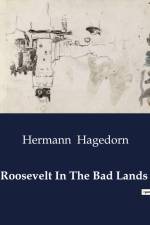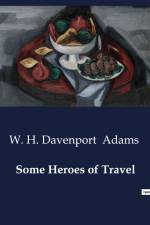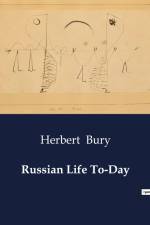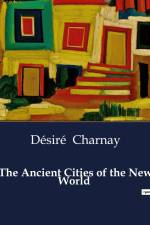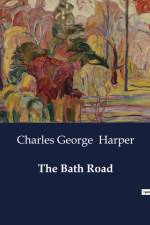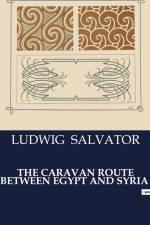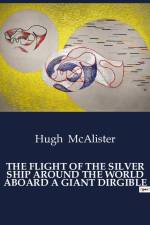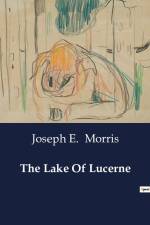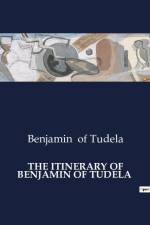av Anthony Trollope
267
The Pyreneean valley in which the baths of Vernet are situated is not much known to English, or indeed to any travellers. Tourists in search of good hotels and picturesque beauty combined, do not generally extend their journeys to the Eastern Pyrenees. They rarely get beyond Luchon; and in this they are right, as they thus end their peregrinations at the most lovely spot among these mountains, and are as a rule so deceived, imposed on, and bewildered by guides, innkeepers, and horse owners, at this otherwise delightful place, as to become undesirous of further travel. Nor do invalids from distant parts frequent Vernet. People of fashion go to the Eaux Bonnes and to Luchon, and people who are really ill to Bareges and Cauterets. It is at these places that one meets crowds of Parisians, and the daughters and wives of rich merchants from Bordeaux, with an admixture, now by no means inconsiderable, of Englishmen and Englishwomen. But the Eastern Pyrenees are still unfrequented. And probably they will remain so; for though there are among them lovely valleys¿and of all such the valley of Vernet is perhaps the most lovely¿they cannot compete with the mountain scenery of other tourists loved regions in Europe. At the Port de Venasquez and the Breche de Roland in the Western Pyrenees, or rather, to speak more truly, at spots in the close vicinity of these famous mountain entrances from France into Spain, one can makecomparisons with Switzerland, Northern Italy, the Tyrol, and Ireland, which will not be injurious to the scenes then under view. But among the eastern mountains this can rarely be done. The hills do not stand thickly together so as to group themselves; the passes from one valley to another, though not wanting in altitude, are not close pressed together with overhanging rocks, and are deficient in grandeur as well as loveliness. And then, as a natural consequence of all this, the hotels¿are not quite as good as they should be.



